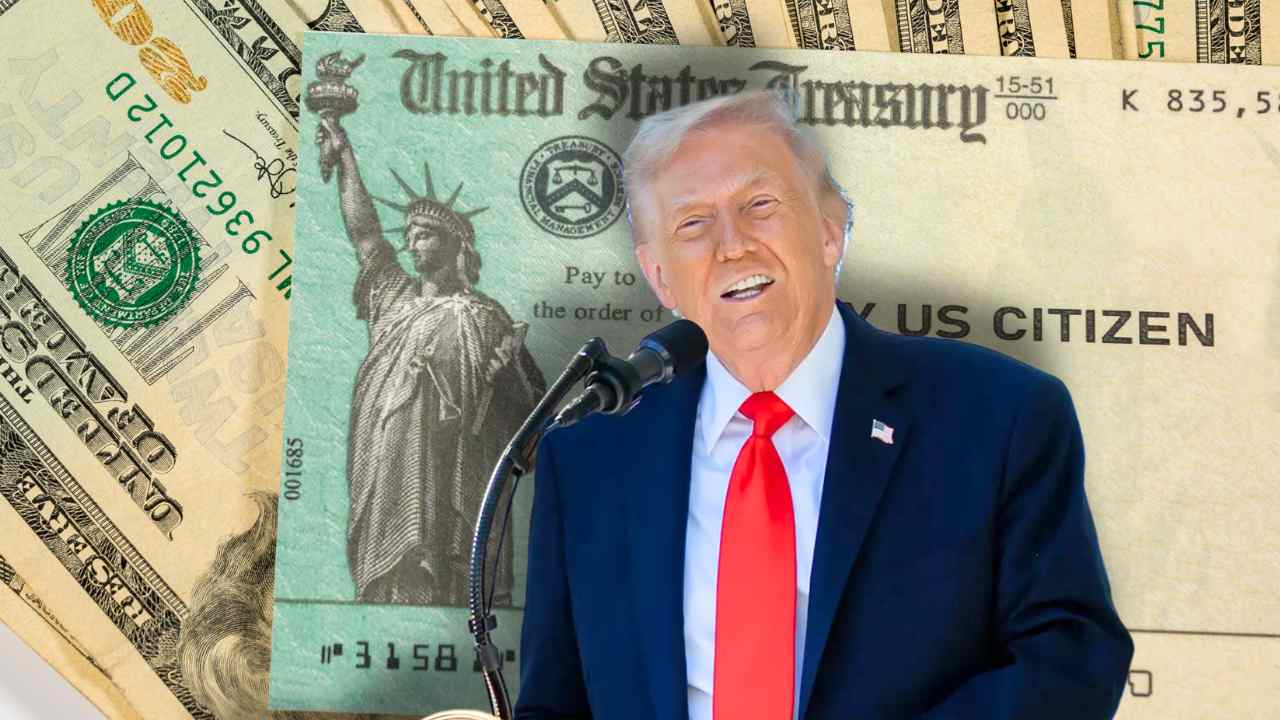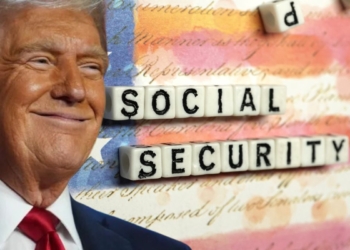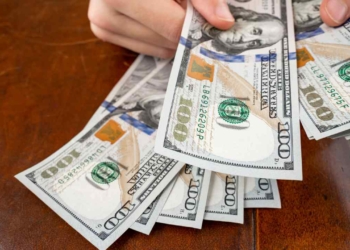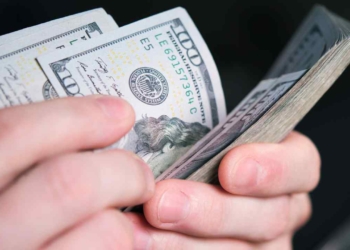The digital rumor mill is churning once again. Across social media platforms like X, Reddit, and TikTok, a fresh wave of posts promises a financial lifesaver: new federal stimulus checks for 2025. Viral claims touting specific amounts—$1,390, $1,702, $2,000—are sparking a mixture of desperate hope and cynical recognition among millions of Americans.
These messages, often falsely linked to “tariff rebates” or unofficial extensions of pandemic-era stimulus checks, are creating a dangerous gap between online fantasy and fiscal reality. Cybersecurity agencies are issuing alerts, warning that these posts are frequently phishing scams designed to harvest Social Security numbers and banking details from individuals tricked into “verifying their eligibility.”
In a year of persistent inflation and political tension, it’s totally understandable that this is the perfect storm for the creating of fake news. Please, don’t fall for it: don’t share your private information with unknown sources
What to know about potential stimulus checks
The hard truth, confirmed by the Internal Revenue Service (IRS) and multiple congressional aides, is that no broad federal stimulus checks is making its way through Washington. The recognizable Economic Impact Payments belong to the COVID-19 era, with the final deadline to claim any outstanding third-round payment having passed in May 2025.
The national conversation has moved on, but the economic pressure on households has not. With inflation still hovering around 3%, the need for financial relief remains acute. The void left by the federal government, however, is being partially filled by state-level initiatives. These programs lack the sweeping scale of federal checks but offer targeted assistance, illustrating a pivotal shift in how economic aid is being administered in the United States.
New York actually has an active stimulus checks program
In New York, a state where the cost of living consistently outpaces the national average, Governor Kathy Hochul’s administration is deploying a direct, if limited, response. The state’s inflation rebate program, baked into the 2025 budget, is sending a one-time payment of $400 to an estimated 8 million households. The logic is straightforward: to offset some of the pain inflicted by soaring costs for groceries, utilities, and housing.
Eligibility is automated, determined by 2023 state tax returns, with income caps set at $150,000 for single filers and $300,000 for couples. The state’s Department of Taxation and Finance handles the entire process, eliminating a cumbersome application maze. Payments began flowing in late September, primarily via direct deposit, with paper checks following. The state anticipates most will be delivered by December, though postal delays could push some into early 2026.
New Jersey’s ANCHOR in a nutshell: property tax stimulus checks
Meanwhile, New Jersey is tackling a different core cost: property taxes, which are the highest in the nation. The ANCHOR (Affordable New Jersey Communities for Homeowners and Renters) program is not a one-off stimulus but a sustained structural effort. For 2025, it is providing benefits of up to $1,750 for homeowners and $700 for renters, with enhanced amounts for seniors over 65.
Governor Phil Murphy’s initiative targets residents who occupied their primary residence as of October 1, 2024, with income limits of $250,000 for homeowners and $150,000 for renters. The program, funded by a dedicated $900 million fund, began distributing payments via direct deposit on October 21.
For most eligible residents who received ANCHOR benefits in prior years, the process is automatic. However, the system has not been without hiccups; the state’s official portal has generated complaints about processing delays and confusing status updates.
Local economists project the disbursements will inject over $1.5 billion into New Jersey’s economy this fall, a stimulus that will likely be spent immediately in local businesses and service centers.







